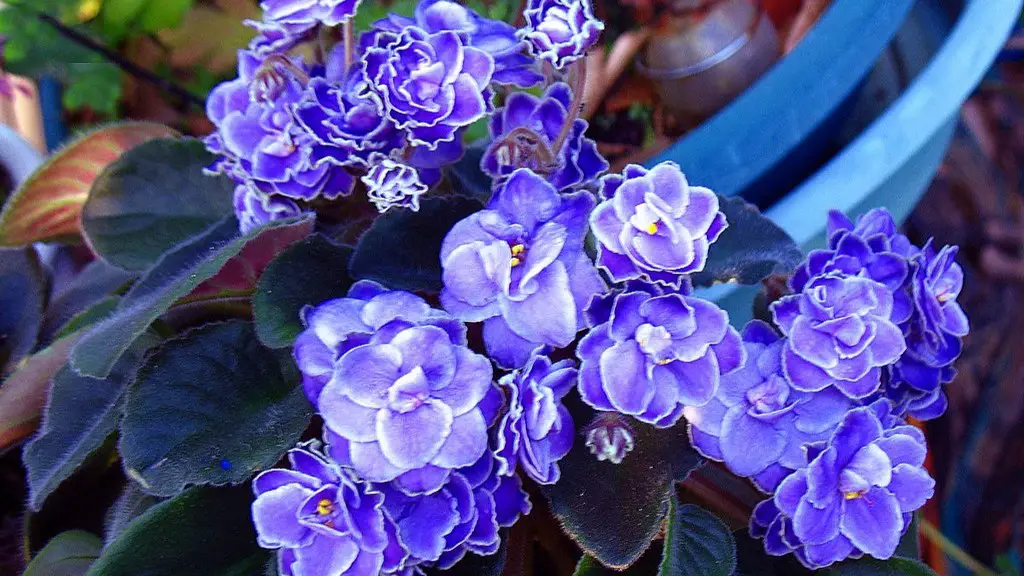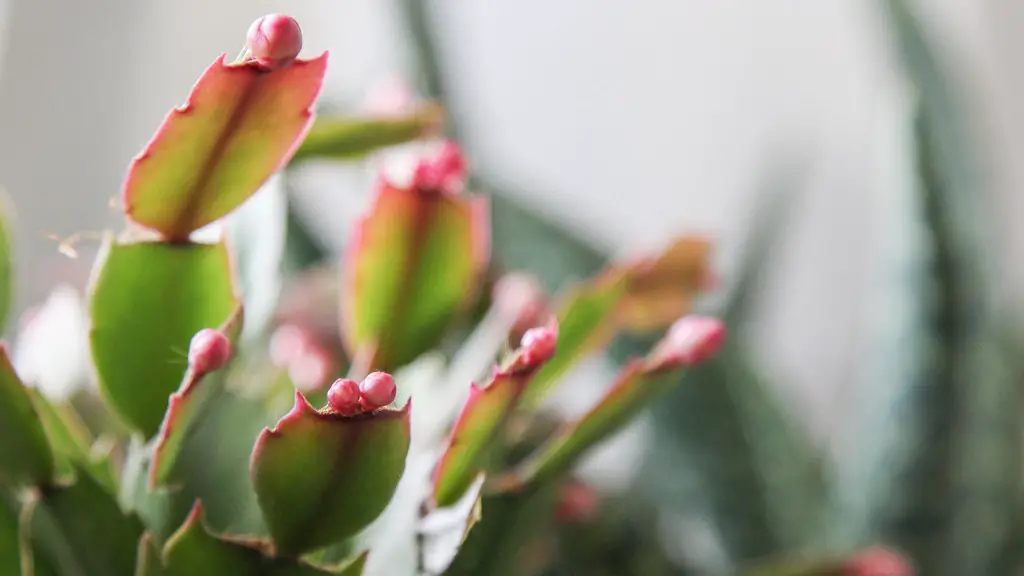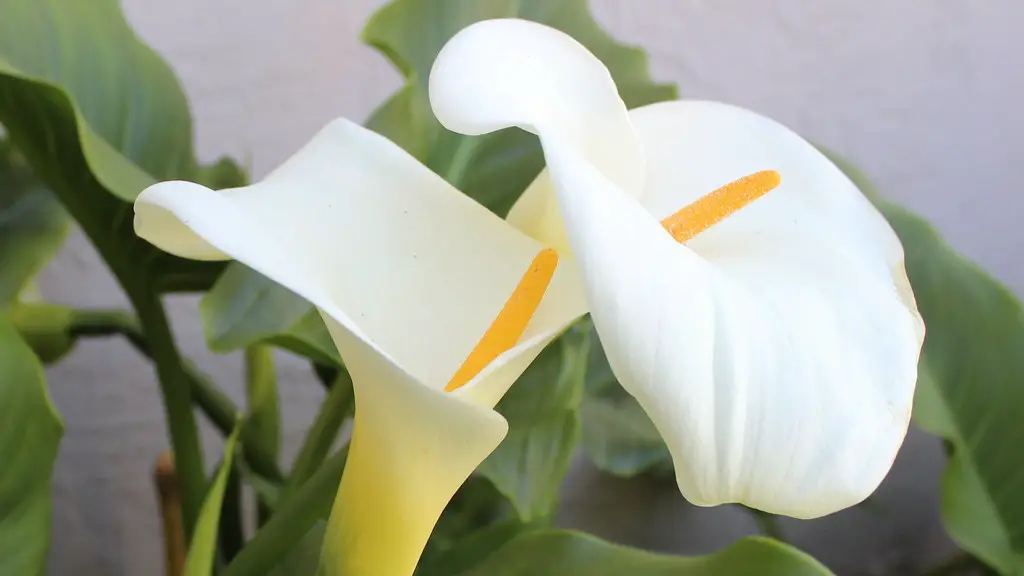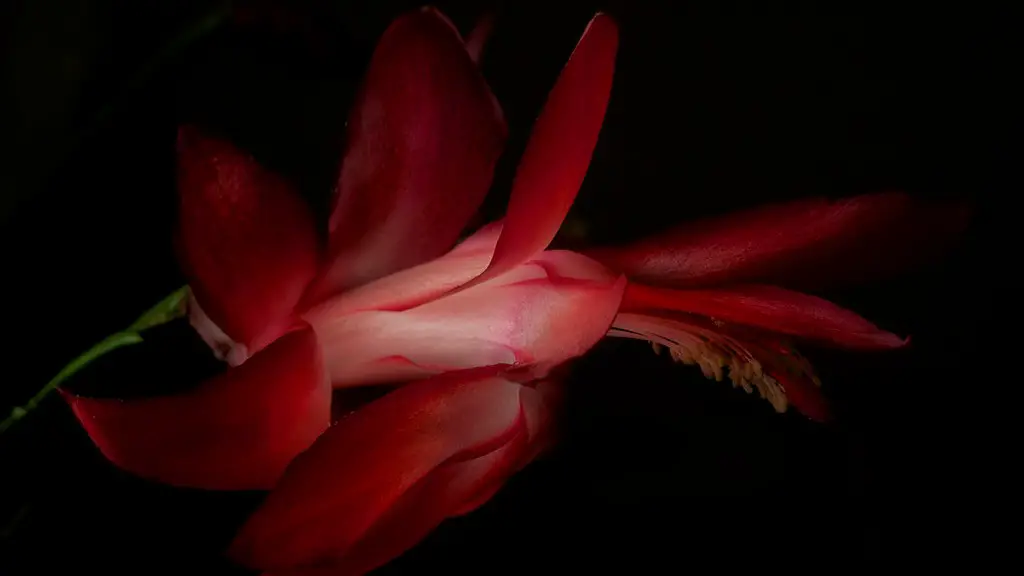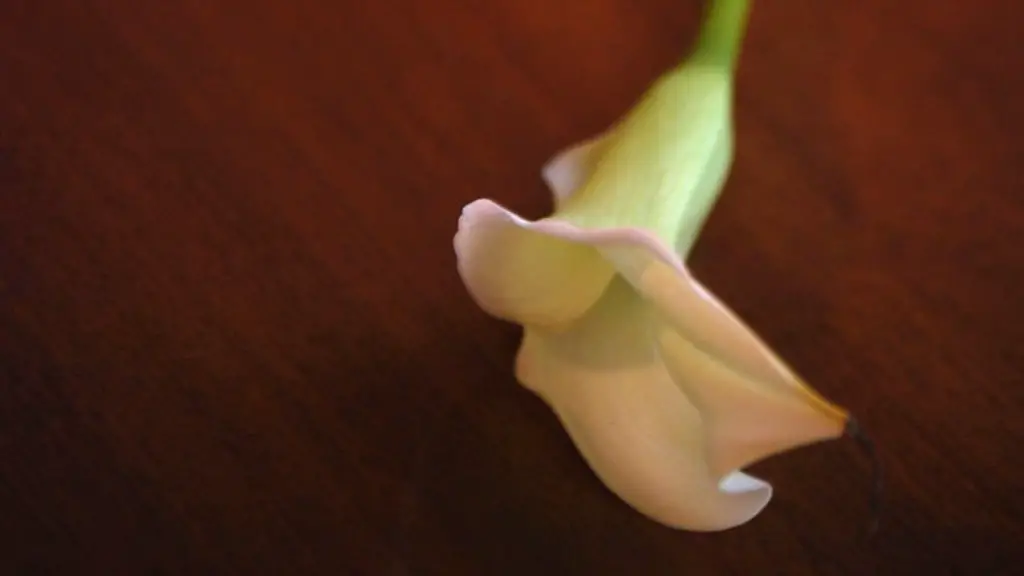African violets are the perfect houseplant because they are small, require little light, and bloom all year long. With a little basic care, they will thrive and bloom for years. However, sometimes they can outgrow their pot and become leggy and lanky. When this happens, it’s time to transplant them into a larger pot. Here’s how to do it:
To transplant an overgrown African violet, first remove the plant from its current pot. Next, gently loosen the roots and trim any that are damaged or excessively long. Once the roots have been trimmed, it is time to repot the African violet. Choose a new pot that is only slightly larger than the current one, and fill it with fresh potting soil. Gently place the plant in the new pot and water thoroughly.
What to do with African violet when it gets too big?
If you have an African violet that is becoming leggy, the best way to combat this is to repot the plant and fertilize it with Espoma’s Violet! liquid plant food. This will help keep the plant growing new leaves, which will in turn keep it from becoming leggy. Additionally, this will help to enhance the colors of your flowers.
Necks are a normal part of African Violet growth. However, they look unsightly, and most Saintpaulia growers prefer to cover them up. You can repot your African Violet a little deeper to bury the neck. Or you could chop off the stem, scrape the scales off the bottom, and plant it in fresh soil.
How do you prune an overgrown African violet
Pruning African Violet leaves is important to keep the plant healthy. Remove three or more bottom leaves every month to help make room for new growth and to give the remaining foliage space to stretch out. Remove any dead or dying flowers during leaf pruning to free up even more energy.
It is important to repot an African Violet when it becomes rootbound as this can hinder the plant’s growth. By repotting the Violet, you will allow it to grow more easily and improve its overall health.
Why is my African violet growing so tall?
If your African violet plant starts to grow tall, thin leaves, it is likely not receiving enough sunlight. The solution is to move your plant to a brighter area of your home where it will receive more light.
African violets are long-lived plants, and can even live for up to 50 years with proper care! One important part of taking care of them is repotting them as needed, using the right size container and type of soil. By knowing when and how to repot your African violets, you can help them thrive for many years to come.
How do you repot African violets with long stems?
Cut the stem of a long-necked African violet at soil level using the disinfected knife. Trim the stem to about 1 inch above the soil line.
African violets need to be slightly pot-bound in order to thrive, so choose a pot that’s on the smaller side. Professional Tip: If you have a standard African violet plant, your starter pot should be about 3-4 inches in diameter.
Do violets transplant well
When transplanting violets, it is important to choose the right potting mix for your climate. A quality African violet potting mix should provide good water-holding capacity and ample air pockets to guarantee healthy roots. By following these tips, you can develop your own green thumb and ensure that your violets thrive.
Pruning is a horticultural and silvicultural practice involving the selective removal of certain parts of a plant, such as branches, buds, or roots.
Should African violets be watered from the bottom?
African violets are relatively easy to care for and make great houseplants. They can be watered from the top or bottom, although lukewarm or warm water is best. If you water from the top, take care not to get water on the leaves when the plant is in the sun; this can cause leaf spots.
If you are looking to propagate African violets, division propagation is the quickest method. This involves dividing the plant into multiple crowns, which can then be replanted. This will create mature plants much faster than other methods.
Is it better to root African violets in water or soil
I’m so happy to hear that it’s easy to root African violets! I’ve always wanted to try my hand at growing them, and this seems like the perfect way to do it. I can’t wait to get started!
If you’re growing African violets, it’s important to choose the right type of pot. They like breathable, shallow pots so their roots don’t go very deep. Your pot must also have suitable drainage holes so you can water from underneath. You can also get African Violet specific pots that have a terra cotta sleeve you plant in, and a water reservoir.
Can you use regular potting soil to repot African violets?
Most African violets need special soil in order to thrive. Conventional potting mix is usually too dense for these sensitive plants, as they have evolved in mossy outcrops with very little soil. A lightweight, soilless planting medium is often best for African violets, as it provides support without crushing or choking their delicate root systems.
African violets are lovely plants that typically need to be repotted once a year. The best time to do this is in the spring, after the last frost has passed. Gently remove your plant from its current pot and transfer it to a new one that is only slightly larger. Be sure to use a well-draining potting mix that is designed for African violets. After repotting, water your plant well and place it in a location that receives bright, indirect light.
Final Words
If your African violet is pot bound or the leaves are grabbing the sides of the pot, it’s time to transplant. Gently remove the plant from its current pot. Knock away any loose potting soil. Using a sharp knife, carefully slice through the bottom roots, making sure not to damage the crown or leaves. Choose a new pot that is only slightly larger than the old one and has drainage holes.Fill the bottom of the pot with fresh potting mix formulated for African violets. Set the plant in the pot, and add more potting mix around the root ball, firming it gently as you go.Water the plant thoroughly.
When transplanting overgrown African violets, it is important to take extra care in order to not damage the delicate roots. With a sharp knife,carefully divide the root ball into several sections and replant each one into its own pot filled with fresh potting mix. Water well and keep the soil moist until new growth appears.
